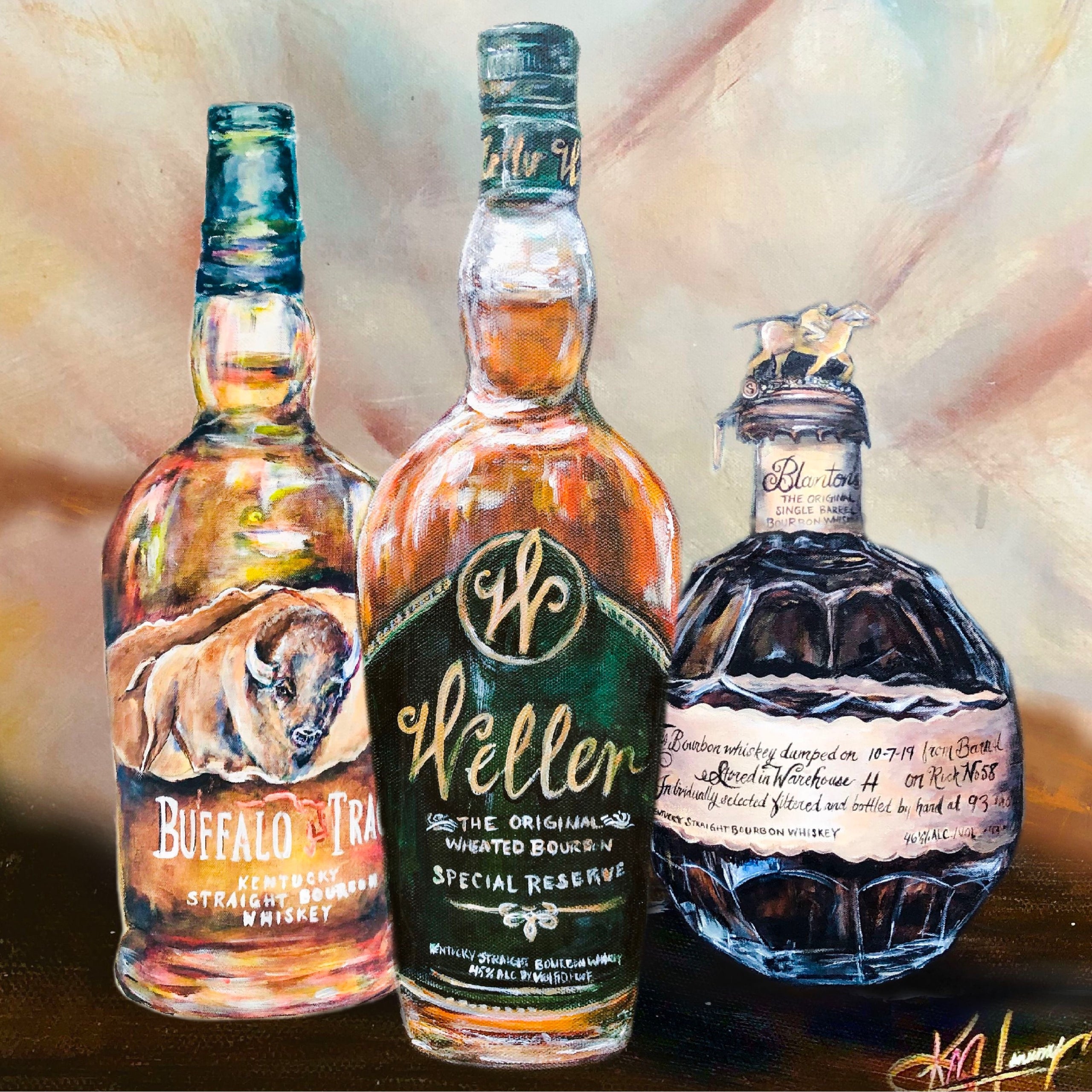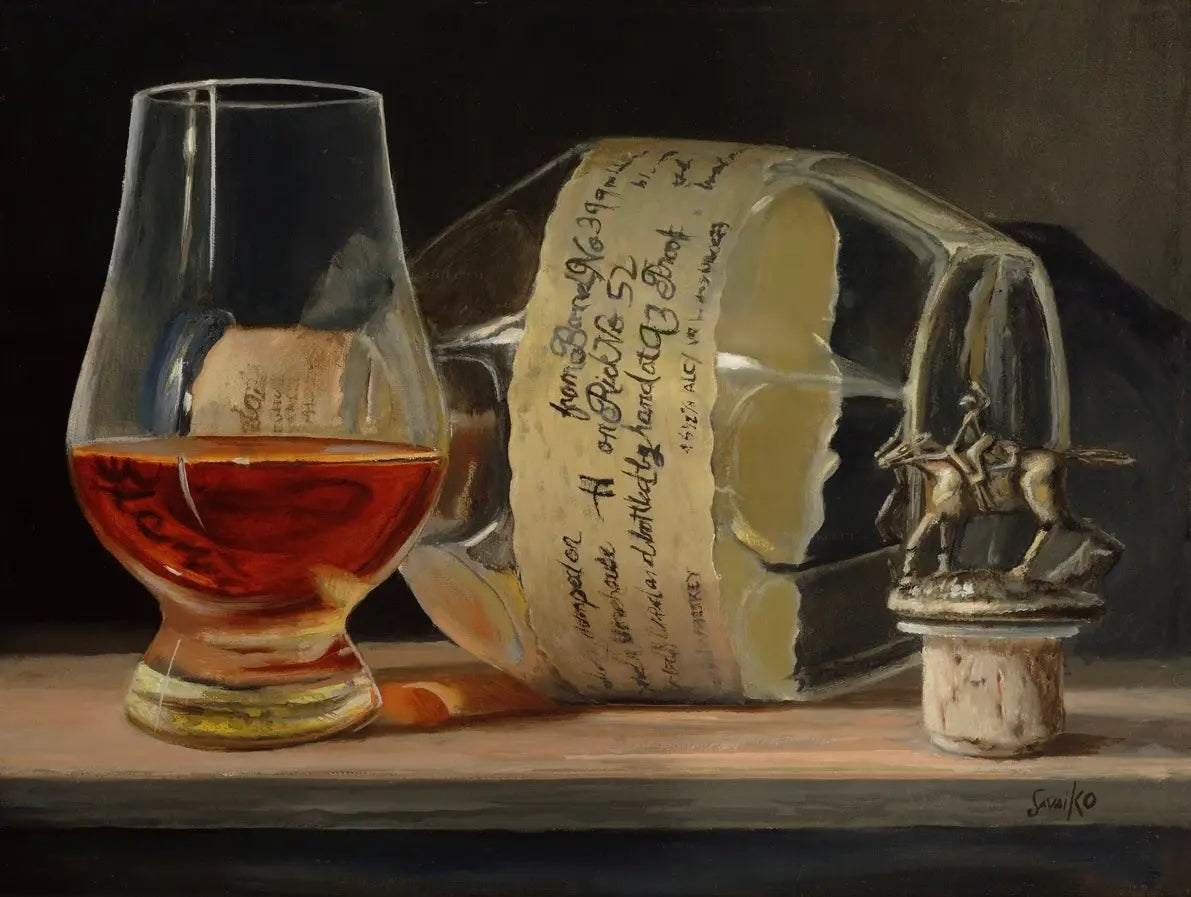Whiskey Art as a Statement: Exactly How It Boosts Home Décor
Whiskey Art as a Statement: Exactly How It Boosts Home Décor
Blog Article
The Importance of Whiskey Art in Celebrating Heritage and Craftsmanship in the Beverage Industry
The detailed partnership in between bourbon art and the party of heritage and craftsmanship within the drink industry can not be overstated. Through attentively designed labels and bottles, scotch brands encapsulate their historical origins and the artisanal abilities that specify their production techniques.
The Historic Origins of Whiskey
At the heart of scotch's attraction lies an abundant tapestry of historical origins that map back to old civilizations. The beginnings of scotch can be linked to the distillation techniques of the Sumerians and Babylonians around 2000 BCE, where early forms of fermented grain drinks started to arise. It was in the Middle Ages that the art of distillation evolved considerably, particularly in Ireland and Scotland, leading to the production of bourbon as we understand it today.
The term "whiskey" itself originates from the Gaelic word "uisce beatha," indicating "water of life." This expression emphasizes the social relevance of scotch in Celtic societies, where it was often related to routines, events, and common bonding. By the 15th century, purification came to be an acknowledged craft within reclusive areas, paving the means for the facility of legal distilleries.
As profession routes expanded, scotch's appeal grew, going beyond regional limits and capturing the passion of lovers worldwide. Bourbon Art. This historical trip mirrors not only the craftsmanship behind bourbon manufacturing however likewise its indispensable role in cultural and social contexts, noting it as a substantial drink throughout history
Artistic Expression in Branding
Scotch branding stands as an engaging crossway of virtuosity and commerce, where aesthetic identity plays an essential role fit customer assumption. The aesthetics of scotch tags, packaging, and advertising and marketing products show not only the brand's tale however likewise its core worths and heritage. With artistic expression, distilleries convey a narrative that reverberates with consumers, stimulating feelings and stimulating links.
Making use of shade, typography, and images in branding offers to separate products in a saturated market. For example, conventional motifs may stimulate a sense of authenticity and workmanship, while modern-day layouts can signify development and forward-thinking. This critical imaginative direction enhances brand acknowledgment and commitment, allowing customers to create a personal partnership with the bourbon they pick.
Additionally, creative expression in branding commonly acts as a party of local heritage. Distilleries regularly integrate regional signs or historical references into their designs, creating a feeling of area that invites consumers to take part in a more comprehensive social experience. Inevitably, the creativity behind bourbon branding not just boosts aesthetic allure however likewise enhances the general narrative of the brand name, cultivating a much deeper appreciation for the workmanship and heritage ingrained in each container.
Workmanship in Container Layout
The artistry obvious in whiskey branding expands past visual identification to incorporate the craftsmanship associated with bottle design. Each container offers as a vessel not simply for the spirit within, however also for the story it outlines its origin, high quality, and tradition. The style procedure requires thorough attention to detail, as aspects such as shape, material, and closure contribute significantly to the overall understanding of the whiskey.
Workmanship in bottle style includes picking top quality glass that can boost the scotch's shade and clearness, while likewise giving a tactile experience for the customer. The silhouette of the container must be both practical and cosmetically attractive, usually mirroring the heritage of the brand name. Many distilleries choose one-of-a-kind forms or printed logos that evoke a sense of authenticity and history.
In addition, the label design and typography play an important function in communicating the brand's narrative. Limited Edition. A click reference well-crafted container not just astounds the customer's eye but likewise reinforces the brand name's dedication to high quality and practice. By doing this, the craftsmanship of bottle style comes to be an essential element of the scotch experience, combining artistry with an extensive regard for heritage
Cultural Significance of Whiskey Art
Celebrating tradition and workmanship, the cultural importance of bourbon art transcends mere aesthetics, linking with the historical and social narratives of the regions where it originates. Each container works as a canvas, depicting the special stories, folklore, and traditions that have actually formed local whiskey-making practices. The complex styles commonly reflect the heritage of the distillers, incorporating signs and themes that reverberate with the culture and values of their areas.

In enhancement, scotch art plays an essential function in common events and parties, this post offering as a concrete web link in between people and their shared experiences. By valuing the creativity in scotch packaging, consumers grow a deeper understanding and regard for the craft, eventually enhancing their pleasure of the drink itself.
Modern Trends in Scotch Discussion
Over the last few years, the discussion of bourbon has advanced to mirror contemporary tastes and trends while still recognizing conventional workmanship - Limited Edition. Distilleries are increasingly focusing on aesthetic elements that improve the general drinking experience, bridging the void in between heritage and modernity
Cutting-edge container layouts have arised, commonly incorporating lasting materials and imaginative tags that inform compelling stories. Many brand names currently collaborate with local musicians, instilling their products with unique visual expressions that resonate with consumers. Furthermore, limited-edition releases are typically packaged in collectible containers, adding worth and allure for connoisseurs.

Final Thought
In conclusion, scotch art offers as a vital channel for sharing the heritage and craftsmanship inherent in the drink sector. With detailed branding, innovative container layouts, and culturally considerable imaginative elements, scotch brand names efficiently recognize their traditions and link with consumers.


Craftsmanship in container style involves choosing high-quality glass that can enhance the whiskey's shade and clearness, while additionally supplying a responsive experience for the consumer. In this means, the workmanship of container design becomes an important facet of the whiskey experience, combining virtuosity with a profound regard for heritage.
In final thought, scotch art serves as a vital channel for sharing the heritage and workmanship intrinsic in the beverage market.
Report this page